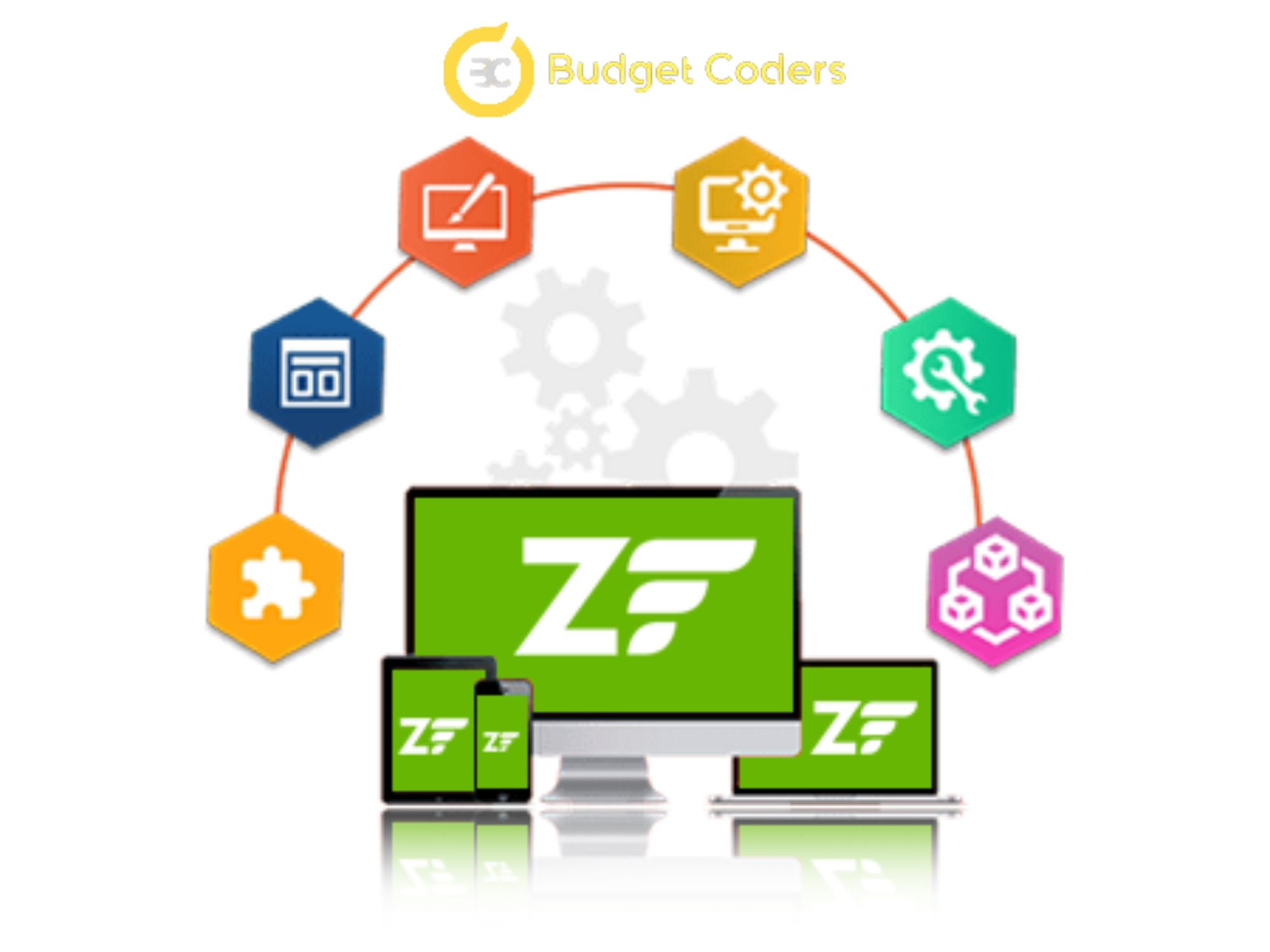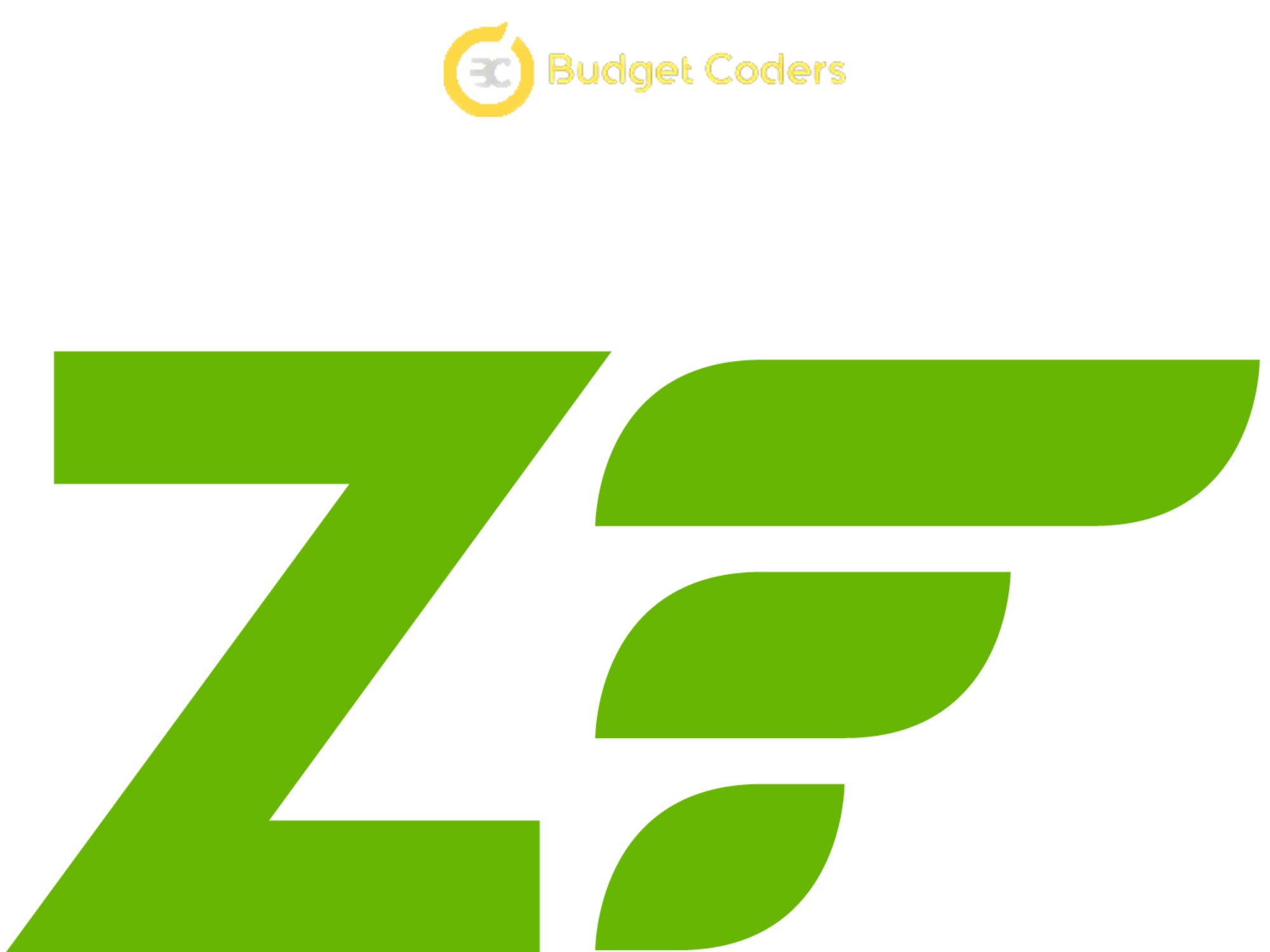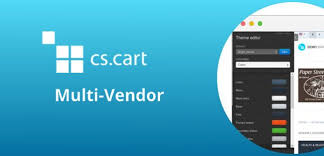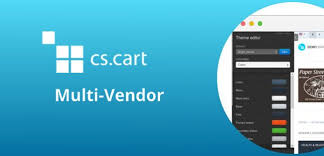For any website or web application to function properly, a programming language must be used as the foundation. PHP is one of the most popular languages used for this purpose, and Zend PHP Framework is an open-source framework for developing web applications using PHP. In this article, we’ll discuss what Zend is, how you can use it to create web applications, and the advantages of using it.
Introduction to Zend PHP Framework
Zend PHP Framework is an open source, object-oriented web application framework for PHP 5. Zend PHP Framework is often called a ‘component library’, because it has many loosely coupled components that you can use more or less independently. Each component has well-defined interfaces and can be extended to suit your needs.
Zend PHP Framework comes with a wide range of components, including a full-featured MVC implementation, a database abstraction layer, an event manager, a Web Services component, and much more. You can use as many or as few of these components as you need for your application.
One of the key benefits of using Zend PHP Framework is that it enables you to develop web applications faster than if you were using traditional methods. This is because the framework takes care of a lot of the tedious work that is involved in developing web applications, such as setting up database connections and session management.
Another benefit of using Zend PHP Framework is that it promotes good coding practices. For example, the MVC implementation encourages developers to keep their code well organized and separation of concerns. This makes it easier to maintain and extend your application as it grows over time.
Benefits of Using Zend PHP Framework
When you create a web application using Zend PHP Framework, you get the following benefits:
1. Model-View-Controller (MVC) architecture: MVC is a proven software design pattern that helps to ensure the separation of presentation layer (view), data access and manipulation layer (model), and business logic (controller). This separation of concerns leads to more maintainable and extensible code.
2. Flexible routing: Routing is the process of mapping incoming requests to specific controller actions. Zend Framework’s flexible routing component makes it easy to map URLs to controllers and actions.
3. Query Builder: The query builder component makes it easy to construct SQL queries in a safe and efficient manner.
4. Templating: The templating component provides an elegant way to separate HTML/CSS from PHP code. This leads to more readable and maintainable code.
5. Object-oriented programming: Zend Framework makes use of object-oriented programming concepts such as inheritance, interfaces, and namespaces. This allows for more robust and extensible code.
How to Install and Configure Zend PHP Framework?
Installing and configuring Zend PHP Framework is simple and straightforward. You can use either the manual or the automatic installation methods.
After you’ve downloaded the ZIP file, uncompress it to a directory of your choice. Then, open a web browser and navigate to the location of where you extracted the files. For example, if you uncompressed the files to C:\ZendFramework-2.4.9, then you would enter http://localhost/ZendFramework-2.4.9/ into your web browser’s address bar.
The next screen will give you the option to choose an installation method. For this tutorial, we’ll use the “Development” method so that we can access the documentation locally for reference during development. Click on the “Development” link to continue.
On the next page, select your server type from the drop-down menu and click on the “Next” button.
The next page will give you a list of dependencies that need to be met in order for Zend PHP Framework to run on your system. Make sure that all of the dependencies are met and click on the “Next” button to continue.
On the next page, you’ll need to specify a location for your project’s public directory. This is where your website’s document root will be located. For this tutorial, we’ll use C:\inetpub\wwwroot\zendframework as our project’s public
Features of Zend PHP Framework
Zend PHP Framework is a popular choice for web application development due to its robust features and flexibility. Some of the key features of Zend PHP Framework include:
– Built on top of the industry-standard Zend Engine
– Features an object-oriented programming model
– Provides a component-based architecture
– Includes a wide range of libraries and components
– Supports multiple databases, including MySQL, SQLite, and Oracle
– Enables developers to create custom modules and components
– Offers extensive documentation and support
Examples of Web Applications Built With Zend Framework
There are many examples of web applications built with Zend Framework. Some of these include:
– ToDo: This is a simple to-do list application that allows users to create and manage their tasks.
– Calendar: This is a full-featured calendar application that lets users manage their events and appointments.
– Chat: This is a real-time chat application that lets users communicate with each other in real time.
– Forum: This is a forum application that lets users create and participate in discussions on various topics.
Alternatives to Zend PHP Framework
There are a number of alternatives to Zend PHP Framework for creating web applications. Some of the most popular alternatives include:
– Laravel: Laravel is a PHP framework that offers expressive and elegant syntax. It is designed for web application development with an emphasis on simplicity, flexibility, and scalability.
– Symfony: Symfony is a PHP framework that provides a comprehensive set of tools for rapid web application development. It offers an extensive range of features, such as: object-relational mapping, templating, form validation, routing, authentication, and much more.
– Yii: Yii is a high-performance PHP framework for developing large-scale web applications. It offers a wide range of features such as: MVC architecture, scaffolding, caching, authentication and authorization, etc.
Conclusion
The Zend PHP framework is an incredibly powerful and versatile tool for creating web applications. It allows you to quickly and easily build dynamic websites that are secure, reliable, and cost-effective. With the various features included in the framework, developers can create robust web applications using less code than ever before. For those looking to develop professional grade websites or web applications without having to learn complex coding languages, Zend PHP is a great option.

FAQs :
Q. What is Zend Framework, and why is used?
Zend Framework is an open-source web framework for PHP that enables developers to build applications and services faster and more securely. Zend Framework provides an object-oriented programming interface based on PHP 5 standards, enabling developers to utilize enterprise-level features such as authentication and authorization, caching, easy integration with the Google APIs, and many other helpful tools. With this comprehensive framework, it’s easier than ever for developers to develop robust and powerful applications quickly.
Q. Which version of PHP does the Zend framework require?
The Zend Framework requires PHP 7.2 or newer, with 7.3 or higher recommended. It includes several components and libraries intended to allow developers to build sophisticated, secure, and modern web applications quickly and easily. With the power of Google’s cloud services, developers can develop complex applications powered by the Zend Framework for improved performance, stability, and scalability.
Q. How to install the Zend framework?
Installing the Google Zend Framework is simple and straightforward. First, make sure you have all the required dependencies for the framework such as PHP 5.4 or higher, MySQL 5.5 or higher, Apache 2.2 or higher, and mod_rewrite enabled in Apache Server. Then, download the latest version of Zend Framework from its website and extract it to your web server root directory. Finally, run the zf command line tool to install the framework and start developing your application!
Q. What are the features of Zend Framework?
Zend Framework is a powerful open-source web application framework that enables developers to quickly and easily create high-quality, robust applications. It includes features such as MVC design pattern, object-oriented programming support, a caching system, and flexible database abstraction layer. Additionally, Zend Framework includes many components that can be used to extend the functionality of the framework. These include AJAX capabilities, authentication and authorization mechanisms, internationalization and localization tools, validation libraries, session management utilities, and much more.
Q. What are the benefits of the Zend framework over the other frameworks?
Zend Framework is a modern, open-source framework. Its high performance, extensible architecture and low learning curve make it an ideal choice for web development projects. With the Zend framework, you can enjoy an extensive library of useful components and libraries that allow developers to easily create scalable applications in less time. The framework also supports multiple database technologies and provides many security features such as encrypted connections. In short, with its powerful tools, the Zend Framework allows developers to rapidly create secure, reliable websites and apps.



